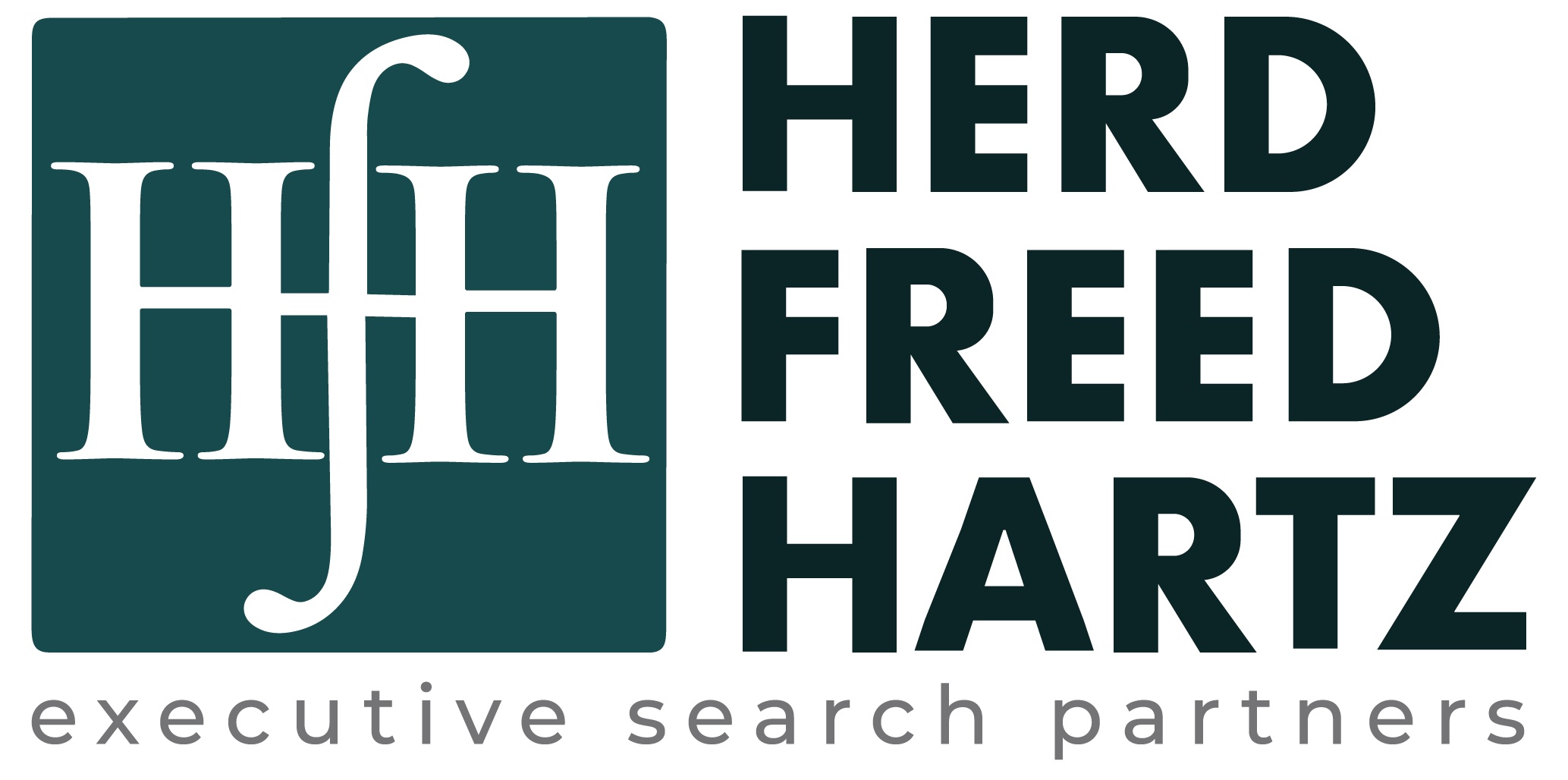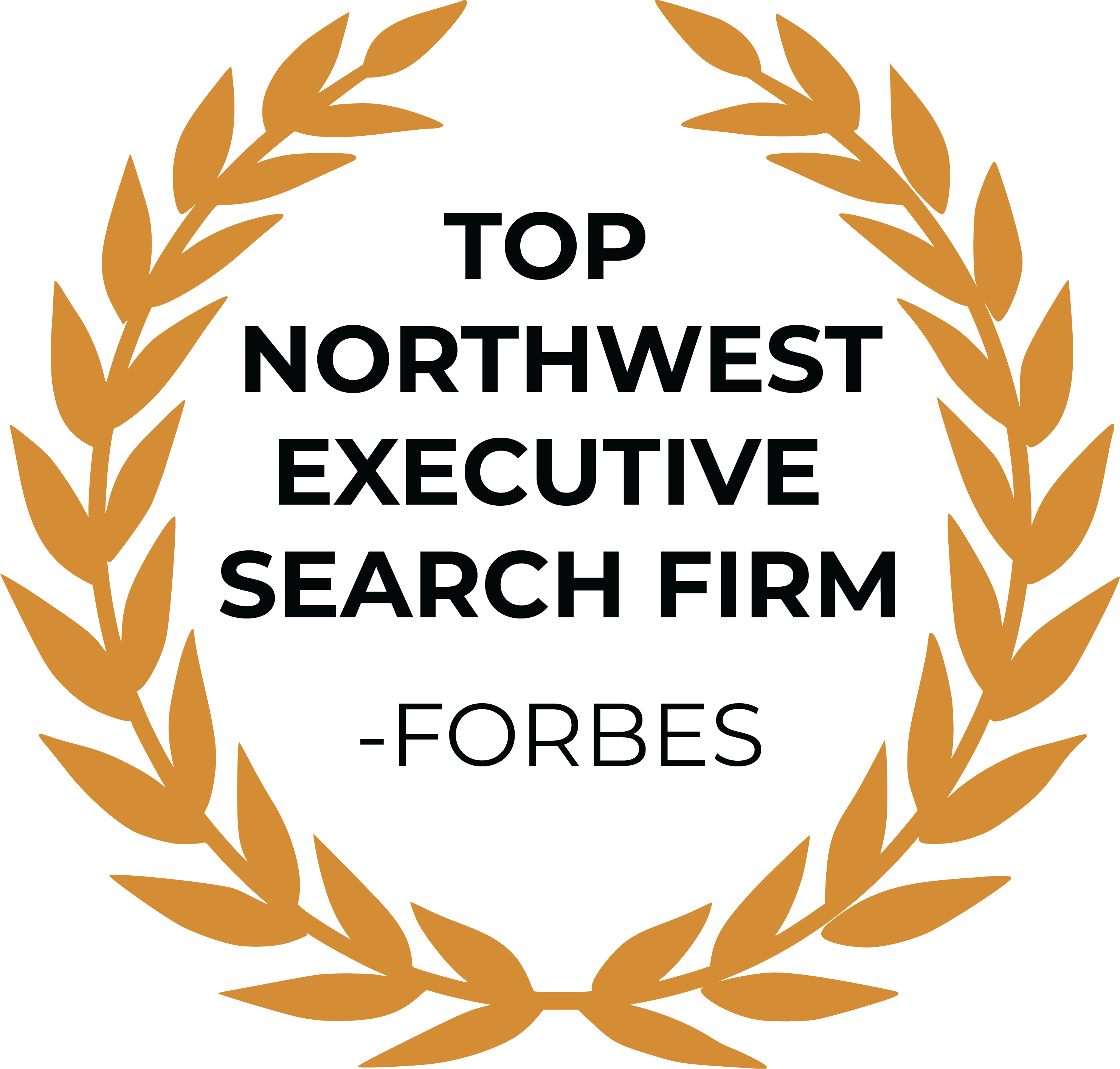Turn Your Job Experience Into a Case Study

“Facts tell, but stories sell.” This saying is especially true in a job search if you want to catch the attention of a company.
You want the interviewer to think, “Wow. I love that story and what you accomplished. That is the kind of thing we need someone to do for us too!
Good resumes and interview answers incorporate helpful facts and figures that show relevant qualifications and key data. Great resumes and interview answers incorporate mini-stories that show impact. These stories will be memorable, and they’ll get repeated to others as examples of what you have done in the past.
The grand narrative
People love stories, even though many plots follow the same trajectory. Dramatic tension builds when things are not as they should be. The hero rises to the occasion and overcomes challenges to achieve victory.
Most great movies and books follow this storyline, and we are hardwired to look for this narrative in life. Stories stick with us in a way that facts and numbers do not. Perhaps that’s why Jesus often used stories in his teachings, stories that are retold to this day, like the Good Samaritan or the Prodigal Son.
When telling the story of your past job, put on your storyteller hat and cast yourself in the role of “hero” solving company issues for a big impact.
Telling your story doesn’t require grand language or exaggeration. You don’t have to be Tolkien or Spielberg. It can be as simple as stating the context, the problem, and the solution.
For example, this would be fact-telling: “Oversaw a team of five people and accounting processes and reporting.”
On the other hand, this would be storytelling: “I led a five-person accounting team and developed a real-time financial dashboard leading to annual estimated savings of $2 million.”
3 kinds of stories
The stories you tell don’t need to be high profile. Simply use examples from your past to demonstrate how you made a positive impact on a project, client situation, or problem area. You want to show that your approach is unique from your peers. The work you accomplished for your last company is an example of what you can deliver for a new company as well.
To help you identify impactful stories from your experience, think in terms of these three categories:
1. How did you impact the company to generate new money? For example:
- * Increased online sales 15% through new personalization strategy.
- * Exceeded $2M direct sales quota in last year.
- * Led new innovation from concept to market launch, leading to $10M in sales in the first year.
- * Launched new online demand generation strategy increased monthly quality leads to the inside sales team from 1,000 to 2,500.
- * Through proactive communication and marketing, increased annual customer renewal rate from 55% to 71%.
- * Opened up a new market territory leading to 5% increase in overall revenue.
- * Launched new iOS app leading to 50,000 downloads in first year and $100K in new revenue.
2. How did you impact the company to save money or increase efficiencies? For example:
- * Decreased cycle time on processing claims from five days to two days.
- * Launched new expense reimbursement system and technology leading to $150K in annual savings.
- * Developed customer care playbooks for the customer service department, leading to a decrease in average call time from 8 minutes to 5 minutes.
- * Created new retail store closing checklist, enabling store employees to complete their tasks 15 minutes faster with the same cleanliness quality scores.
- * Reviewed HR handbooks and policies and streamlined from 240 pages to 80 pages and posted the document in employee online portal for easy access.
- * Negotiated better vendor terms, saving the company $250K annually while maintaining the same internal team satisfaction scores.
3. How did you impact the company by delighting the customer? For example:
- * Led new customer care training and internal reviews led to increased positive rating of customer care survey feedback from 65% to 85%.
- * Achieved turnaround with a key corporate client on the verge of leaving by bringing in new client support contact and developing customized templates and VIP service standards.
- * Updated next-generation customer product based on features from client meetings and focus groups.
- * Served as the “voice of the customer” in developing a great user experience for new mobile applications.
- * Developed new service level agreements (SLAs) for all customers to showcase our commitment to quality and fast turnaround.
- * Improved employee culture by delivering a new servant leadership approach, making new team hires, and increasing internal quality systems. Department leader satisfaction scores on internal team reviews increased from 45% to 91%.
These examples represent resume answers, but a similar approach works well for interviews, too. During interviews, these mini-stories listed on a resume can be great conversation starters. Be ready to expand each example into a three- to four-sentence “case study” answer that covers:
- 1) The problem: What was impacting revenues/people/customers?
- 2) Your role: What was the context of your role in developing the solution and influencing the team?
- 3) The results: What was the measurable end result?
Short stories are best. The interviewer will either be satisfied with your answer and move on, or the interviewer will ask for more details, at which point you can dive in further. Be prepared with more details for each story, but only use them if you have to.
When in doubt about how much to share, you can ask, “Did that story answer your question, or would you like more details?”
For more helpful job search tips: Ultimate Job Search Guide: Recruiter Insider Tips

